Podcast: Download
Subscribe: Apple Podcasts | RSS
 What comes to mind when you think about visualization exercises?
What comes to mind when you think about visualization exercises?
Does the simple phrase conjure up images of some woo-woo, fluffy mind game offered by a two-bit guru?
Or are you ready for the real deal from a guy who struggled to see pictures in his mind and almost failed, but…
… after hundreds of hours of struggle, finally found a way?
I‘m that guy, by the way. And although not having a “mind’s eye” challenged me for years, especially while studying for my PhD at York University, I finally learned how to visualize properly.
Not only did proper visualization help me get my PhD, especially when it comes to using memory techniques for learning faster and remembering more. It also helped me get a Mercator Grant, which enabled me to teach in Germany.
I’m going to share all the exercises I used to help make these achievements happen in my career on this page.
And there’s even something more profound about visualization I’ve got for you.
Ready to wake up your mind’s eye?
Let’s get started!
Why Visualization Is Not Just About “Seeing Pictures” In Your Mind
I’ve discovered a simple process that suggests everything you thought you knew about “seeing pictures in your mind” is wrong?
Especially when it comes to memory techniques, the Memory Palace and everything related to mnemonics.
There are at least 8 Magnetic Modes:
- Kinesthetic
- Auditory
- Visual
- Emotional
- Conceptual
- Olfactory
- Gustatory
- Spatial
And “seeing” is just one of them!
Multiple Modes Of Visualization Doesn’t Mean You Shouldn’t “See” Mentally”…
Now that you know there are so many different ways to visualize, would you give a few alternative visualization techniques a try?
If you said “yes,” or are at least nodding your head in the affirmative, that’s wonderful. Read on.
Did you know that visualization is so much more than meditation, and can actually serve you in your everyday life in a practical way?
Again, it’s more than seeing pictures in your mind.
The ability to conjure up mental pictures is a great skill. Some people with aphantasia can’t do it at all.
But let’s not disregard our other senses. Unfortunately, I wasted a lot of time focusing on only the visual.
That’s a shame because visualization techniques are most powerful when embedded in a multi-sensory experience. This is as true in your personal practice as it is in many other endeavours. For example, this study found that nursing students had much better learning outcomes when their teachers included multi-sensory elements.
As the researchers point out, students were not only better able to understand the material they needed to learn. They could also visualize the outcomes of having mastered the knowledge.
To help you get similar results in any field, here are five visualization techniques that show you exactly how.
5 Beginner Visualization Techniques Anyone Can Master
1. The Candle Exercise
Try this:
Take a moment and close your eyes. Imagine that when you open them a candle has appeared in front of you.
Consider:
- What size is the candle? Is it a tea candle, long-stem candle, three-wick candle?
- How heavy is it?
- How much of the candle has burned away? Has it burned down to the base or do you see it still newly lit?
- How far away is the candle from you? Within arm’s reach? Across the room?
I’ve practiced this exercise with eyes both open and closed. One of my most profound experiences with it happened in Brisbane while sitting in front of a window overlooking apartments across the street. It was astonishing being able to practically see a candle in front of me thanks to the level of concentration I’ve developed over the years of practicing a variety of visualization approaches.
The Lit Candle Variation
You can also try gazing into a real lit candle and looking at it for awhile before closing your eyes.
What do you see?
If you’re anything like me, you’ll experience an after burn effect.
You can no longer “see” the candle, but can still see its effects.
Using this after burn as a kind of canvas, mentally trace over the shape in front of you.
2. The Apple Visualization Exercise
Gradually you will be able to visualize, in great detail, a candle and flame of your own making.
We can take this simple visualization technique one step further and incorporate our other senses once we have mastered the “visual” aspect.
Try visualizing an apple.
Feel its smooth peel, observe its perfectly ripe sheen, and then imagine yourself taking a bite.
How does it taste?
Imagine its crispness and taste its sweetness.
The Interaction Variation
Take this apple visualization technique further:
Follow the apple through your body as your entire digestive system interacts with it.
Don’t take this visualization technique too seriously or get too granular. Just play with the idea of being able to follow one bite of an apple through your system.
And ask yourself periodically as you go through the process:
The Negative Space Variation
Once you feel like you can move beyond seeing and feeling a simple, everyday object, try to visualize that object in relation to space in the room.
Imagine the corner of a table.
Where is it in the room? What is the negative space surrounding it?
Think of this visualization technique almost as an optical illusion.
We are all familiar with Rubin’s vase, though we may not know it by name.
This is the optical illusion where one can see either two faces or a singular vase from an image.
The key is being able to toggle between the two.
To be aware of the negative space as well as the image.
This visualization technique is helpful when using mnemonics, a Memory Palace and other memory techniques because we need to “suppress” mental imagery at the same time we manipulate it.
3. The Number Skipping Exercise
Think about this:
How abstract are numbers?
They are representations of concepts, right?
Take the number three, for example.
Three only “exists” when we conceptualize a group, or a set of objects, and call it three due to concept of three things we call “one” placed together.
How is three represented exactly?
Well, lots of ways. The Chinese character differs from the Roman numeral, which differs from the character 3.

You can also visualize one to 10, to 20, or even to 1,000.
Start with a small goal…
…but the goal is not to reach the highest number!
It’s to stay connected and concentrated in your mind.
If you find this becomes so easy that your mind is wandering, you can build up to higher and higher numbers, eventually going forwards and backwards.
And that’s when the real challenge begins:
Skipping numbers.
I first encountered the idea of skipping numbers in Gary Weber’s Happiness Beyond Thought. This is such a simple idea, but yet it’s such a challenge.
Don’t believe me? Give it a try.
Visualize the number one.
Easy enough, right?
Now try to suppress the urge to visualize the number two.
Next, is three, correct?
Skip, or visualize a blank space in place of the number four.
Keep building, skipping numbers as you go.
Once you reach the highest number you can without losing concentration (say, for example, 10), then go in reverse. Visualize 9, skipping 8, 7, and skip 6, and continue on.
You may be asking “How is this useful? Isn’t this a bit counterintuitive? Am I not supposed to be visualizing? Why are you suddenly telling me to suppress visualization?”
The Negative Space Variation
Remember, for memory training one of the keys is Recall Rehearsal.
You will find ways to use memory palaces in different orders, and actually need to, and want to, for memory benefits, get the von Restorff Effect working.
You can shut down thoughts so that they do not interfere with other thoughts. This visualization technique will undoubtedly aid you in further memory training.
In other words, the ability to not visualize helps you visualize because you can shut out competing images.
4. The Globe Exercise
How well do you know your geography?
Don’t worry about it. This is an exercise based on what you know.
To start, imagine a giant spinning blue ball.
Next, slow it down. Make it completely still.
Zoom in.
Travel all the way down until you touch the blue.
What is that blue?
Is it water?
The choice is yours, but let’s imagine for this visualization technique that it’s water.
Next, pick the color of your house.
Imagine your hand building up your home on the water. (You might want to spread some imaginary dirt underneath first.)
As you build your home through visualization, pay attention to all the multi-sensory details. I’m talking about the feeling of the stair rails in your hands, the smells in the kitchen and the temperature on a cool morning.
Spend 2-5 minutes just on the home construction.
Next, lay out your street. Try to add as many of the houses and buildings as you can, holding each one in mind as you lay it out on the blue globe.
When you’re ready, zoom out. Allow the buildings you’ve built to get smaller and smaller until they are just a speck.
Any time you like, revisit the neighborhood you are building on the globe. I suggest you keep returning to it until you’ve mentally constructed as much of your city as you’re familiar with now.
And for the future, every time you’re out, pay close attention to how things look in the world. Try to remember as much as you can. Then the next time you practice this visualization, add more details to the imaginary version.
5. The Clock
Next time you’re laying in bed, imagine a giant clock on the wall directly in front of you.
Give it a color, name what it is made from and hear the sounds of it ticking away.
Really go through its dimensions: It’s height, width, the diameter of the clock face. Think deeply into it, imagining all the gears and their intricacies as they wind through time.
Then, give the clock face numbers. Make the even numbers Arabic numerals and the odd numbers Roman numerals. Or, if you know a language like Chinese, use its hanzi for the numbers, mixing it up with other kinds of numerals.
You can also rotate between Arabic and Roman numerals, synchronizing the change as the imaginary tick-tock takes place. This is great training for your visual, auditory and spatial sense.
And this is really just the beginning because I’m not introducing…
The New Visualization Mastery Course in The MMM Masterclass!
If you’re still struggling to visualize when using memory techniques (especially when completing a huge memory project like committing all the presidents to memory)…
Here are a few additional suggestions.
- My friend Ben Cardall is called “The Real Life Sherlock Holmes.” His book The Monographs doesn’t have visualization exercises as such, but observation processes that will likely help you mind’s eye develop.
- Learn to meditate, specifically through concentration exercises. These can help you keep focused on your visualization practice.
- Explore other mentally stimulating activities, such as critical thinking exercises and brain games.
Also, a few years ago I released a powerful course that is already helping Magnetic Memory Method Masterclass students use mnemonics better.
This result happens because the Magnetic Imagery they use in their associations are far stronger than ever before.
Do you want that?
Do you want to “own” any information every time you place it in your brain?
Cool. I can help.
But take caution:
As we’ve discussed today…
It’s not that easy if you’re only using visualization techniques to “see” pictures in your mind.
The solution begins when people take things to the next level and use a multi-sensory visualization approach.
And in this new course, Visualization Mastery…
I didn’t JUST come up with these exercises out of nowhere.
No, I developed these visualization techniques with the help of dozens of memory athletes. I’m talking about memory experts like John Graham, thousands of MMM students and hundreds of hours of my own practice.
In this course, Visualization Mastery, you get the insights, skills, and ability to develop the strongest mental imagery for your Memory Palace efforts ever. They’re even more powerful than these neurobics.
And the calm confidence that tells your brain that you’re serious about memorizing information quickly, efficiently and permanently.
This course in visualization and visualization meditation includes:
- Video 1: Multi-Sensory Projecting
- Video 2: Exercises for Conceptual Visualization
- Video 3: “Details” Exercises For Multi-Sensory Self-Study
- Video 4: Visualization Meditations
- Video 5: Auditory-Visual Exercises
- Video 6: Mental Rehearsal Exercises
- Video 7: Conclusion & Next Steps
If you’re already in the MMM Masterclass, please login now to take the course.
Or, if you’d like access this special training course and much, much more, you can read all about the Magnetic Memory Method Masterclass here.
The Bottom Line When It Comes To Visualization Techniques For Memory Improvement
Use these visualization techniques regularly and consistently. Don’t expect results from just one session.
Also, mix and match these exercises. For example, try number skipping with candles or apples, both forward and in reverse.
Or, add a range of simpler and more advanced exercises. Here’s 5 more easy and fun visualization exercises I shot for you in 2022:
Really, the sky’s the limit here. The more you play with this visualization technique, the more benefits you will receive and the more ideas for more brain exercises will emerge. Especially when you apply what you learn from these exercises to other aspects of sensory learning.
Above all, keep challenging yourself and your memory for growth. It’s when we stop getting brain exercise that we go downhill. And if you want more practice, these positive visualization exercises, visualization for reading routines and guided visualization tips will help you keep moving forward.
Related Posts
- Stop Smoking And Boost Memory With These Step-By-Step Addiction Breakers
Want to stop smoking and improve your memory? It might not be easy, but these…
- 3 POWERFUL Elaborative Encoding Memory Exercises
Elaborative Encoding is a memory science term. When I dug into it, I discovered some…
- Positive Visualization: 7 Substantial Techniques For Lasting Success
Positive visualization requires a special ingredient that most miss. Learn that ingredient now along with…


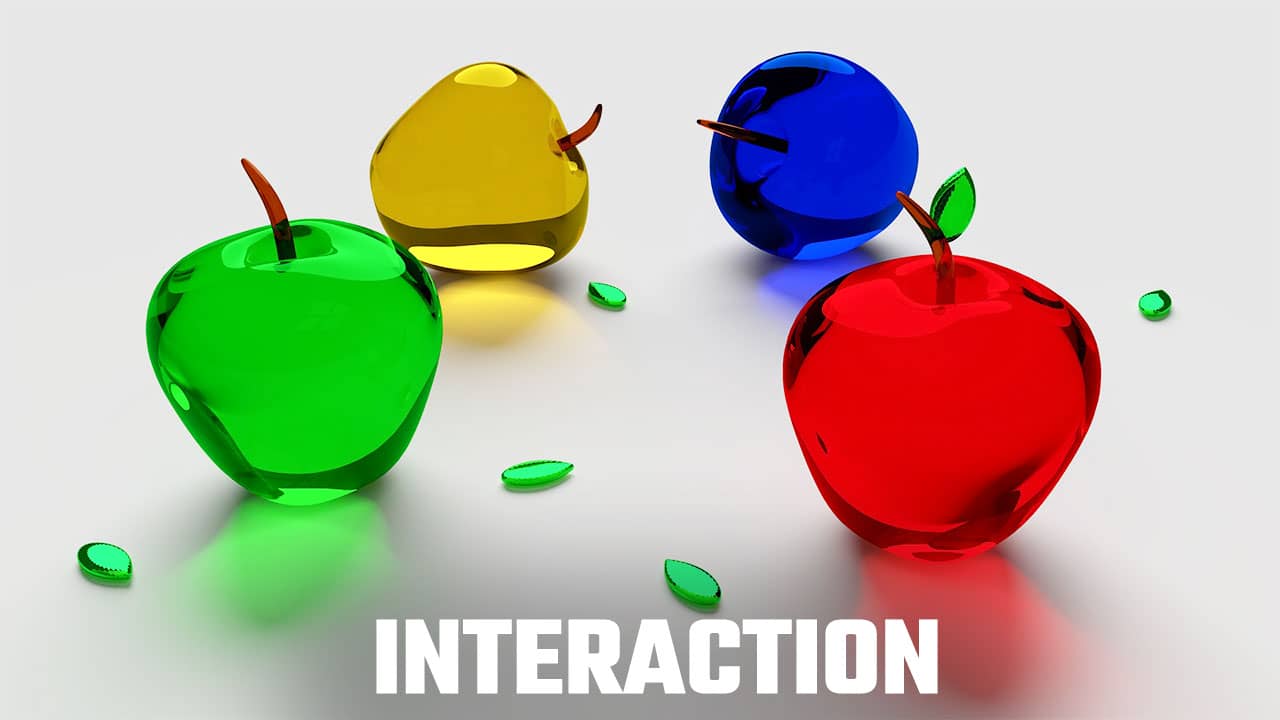
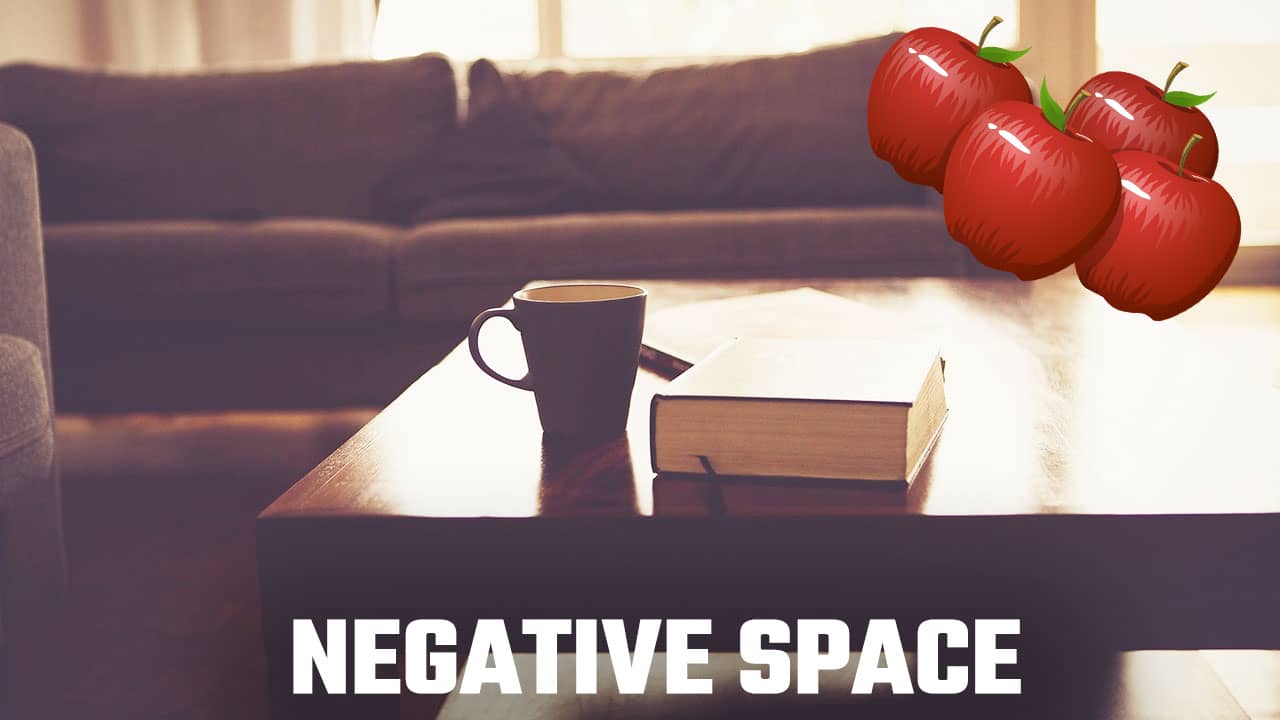
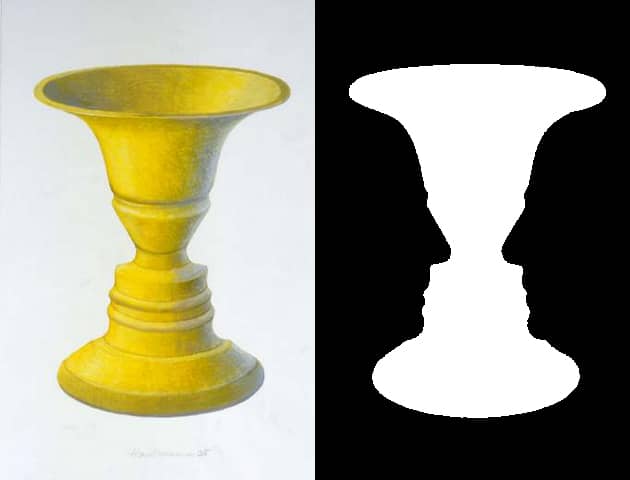
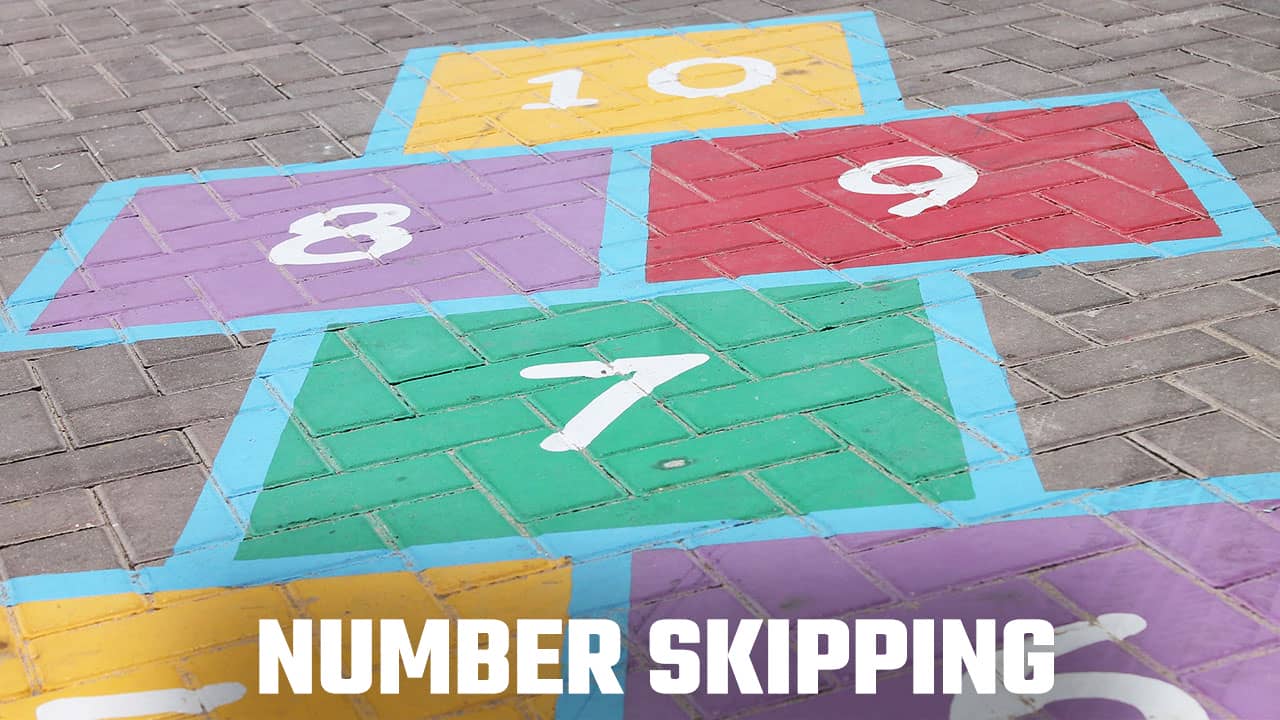
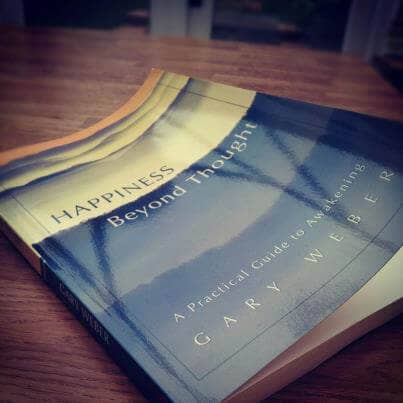




10 Responses
I really need to practice regularly all modes of “Visualization” to have more vivid image and recall the information I need to pass the tests, which are part of my goals.
When I close my eyes I see darkness only but when I think an image I can see it: size, space, color, design, texture, etc.
I do not think I have “Aphantasia”.
When you talk about “Negative Space” you refer to “Not Space”? Thanks.
Thanks for this, Maricela.
If you can see images in your mind, you definitely don’t have aphantasia. Even if you did, this should not be a barrier.
“Negative space” is an artistic term. It’s the space around and between objects. It’s useful for us in our visualization work to help distinguish Magnetic Imagery from Memory Palace walls and other Magnetic Imagery.
Thanks as ever for your comments and look forward to the next one!
Is the any way I can get the course in visualization and visualization meditation separately from the entire course ?
Thanks for asking about this, Jim.
At present, this is not an option, and unlikely to be one in the future because it makes reference to other parts of the Masterclass and works in conjunction with some MP3s from a course called the Masterplan.
Please let me know if you have any more questions and thanks again for your post.
I can’t find this topic on your podcast.
Sorry to hear that.
If you scroll up to the top of the page, there’s a player. You can stream it directly from this site. It is also available via iTunes.
This is great,thank you. I’m excited about learning this. My husband and I are doing the twenty one day brain detox by Dr. Caroline Leaf. I found your page by looking up the definition for Visualization. Visualization is one of the ways she tells use to see our new healthy thought, as we are detoxing they negative thought that was there first. For instance I am dumb, that is a negative though and Now I replace it by saying I am smart. Then we start to name things we are good at and The things we aren’t good at. Then taking the things I am not good at and start to visualize. That I am good at it. And start to see my self good at it. Kind like what you’re saying. I have come a long way. I was severely abused as a child. And was in an abusive relationship. I have over come physical handy caps also. I was born with a birth defect and have had many operations and much painful situations due to this. But I have to still have surgeries. So I learning not to let thing discourage me. I am blessed I have 14 grandbabies I am trying to teach also about over coming. It truly is mind over matter. Our minds are so much more powerful than we ever imagined. Thank you for writing something so beneficial to aid in healthy memory growth. Much Love Debbie K
Thanks, Debbie.
The mind is indeed a powerful thing, and with exercise it can grow very strong indeed!
Hi sir Anthony Metivier my preoccupation is how many times must I do recall rehearsal a day? Thank you.
It’s a good question, but there are no magic numbers.
The trick is to keep a Memory Journal and track how you’re doing for a good 3-6 months. You’ll develop an intuitive sense of how much repetition you need.
And it will change depending on the nature of the information. The things we memorize are not equal and we just need to take them as they come and rely on the truth of our recall, not the fantasy of ever-arriving at a fixed number.
When you’re willing to do that, you’ll be pleasantly surprised by how the amount you need to recall goes way down.